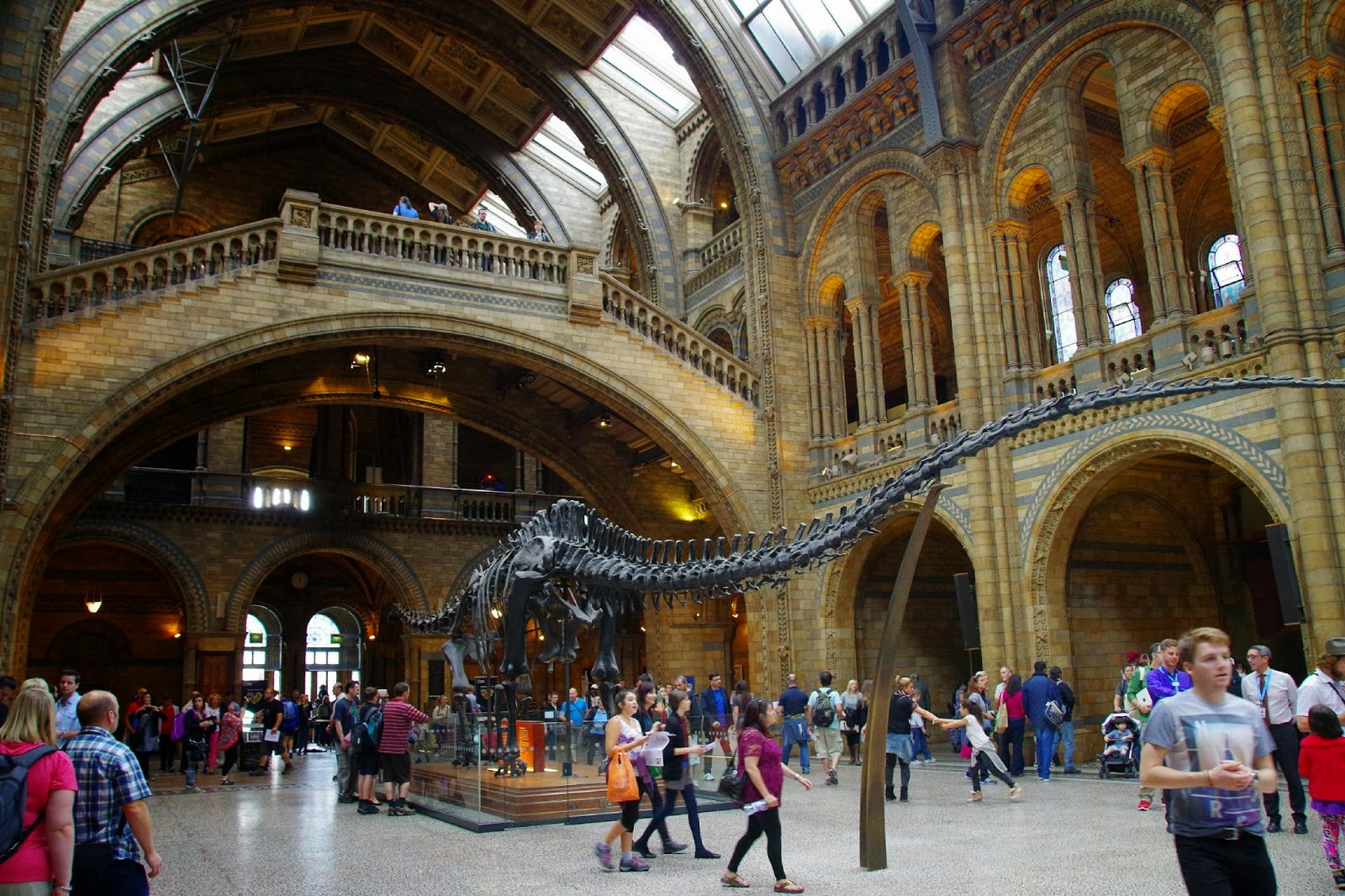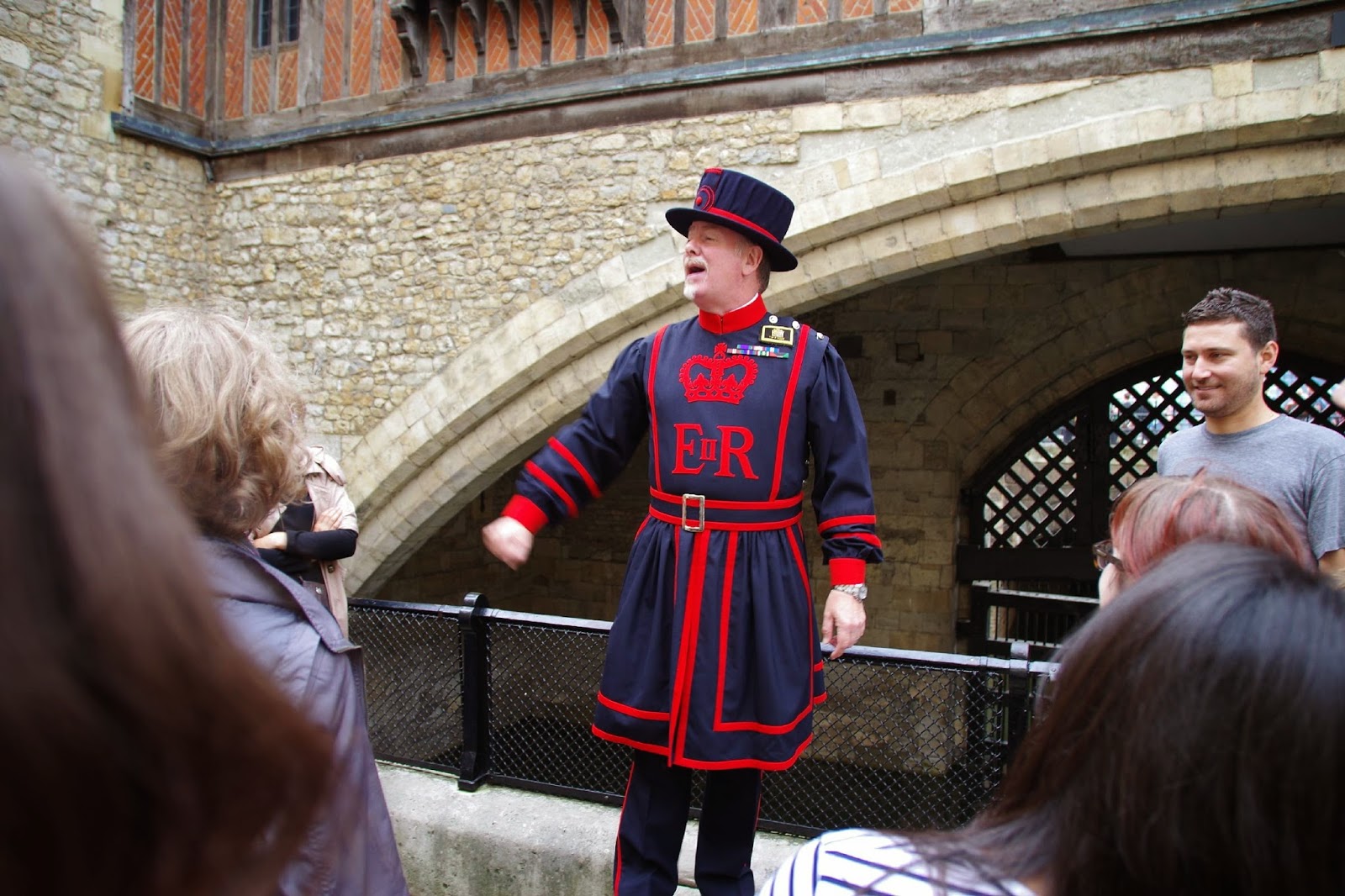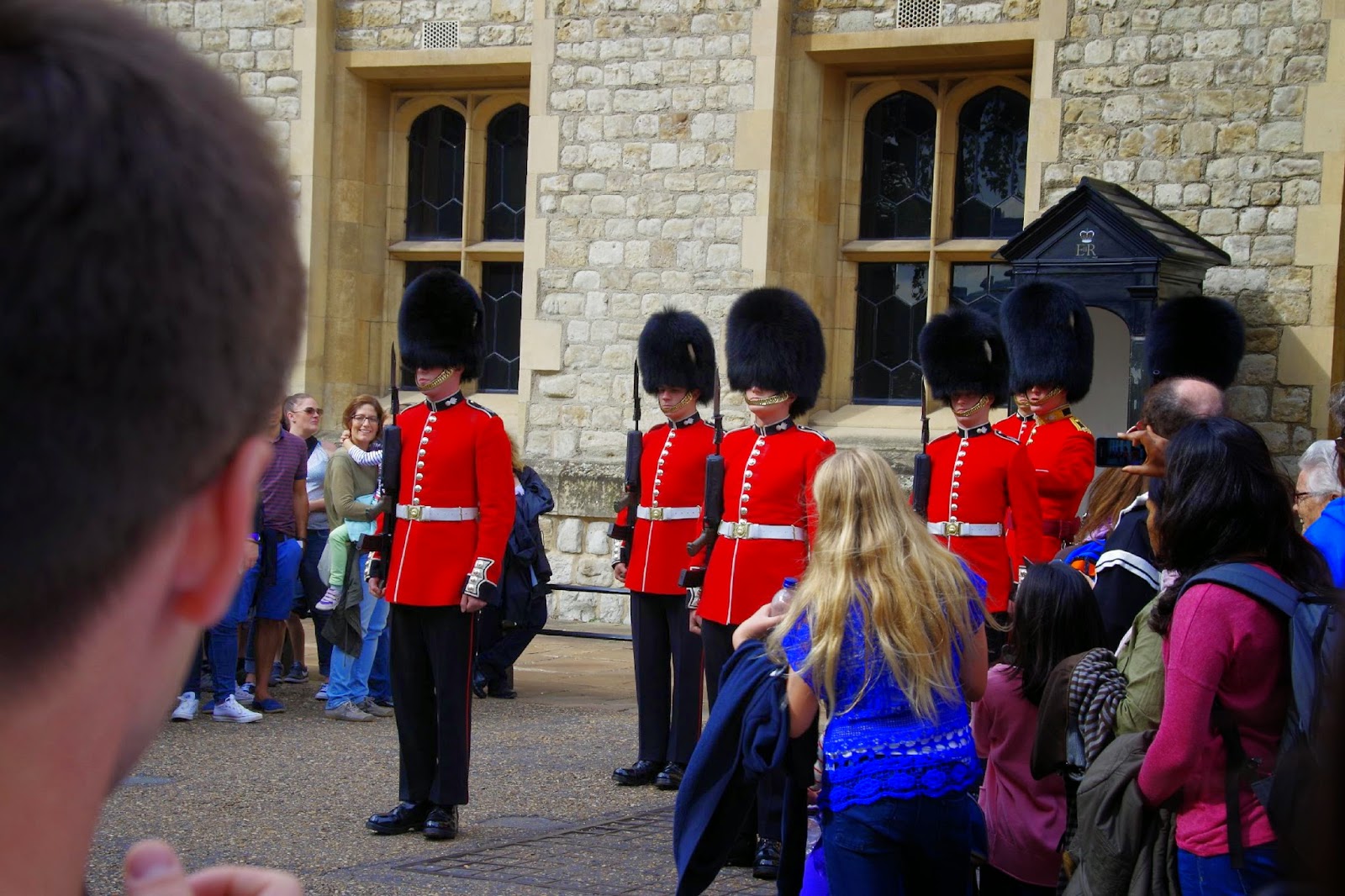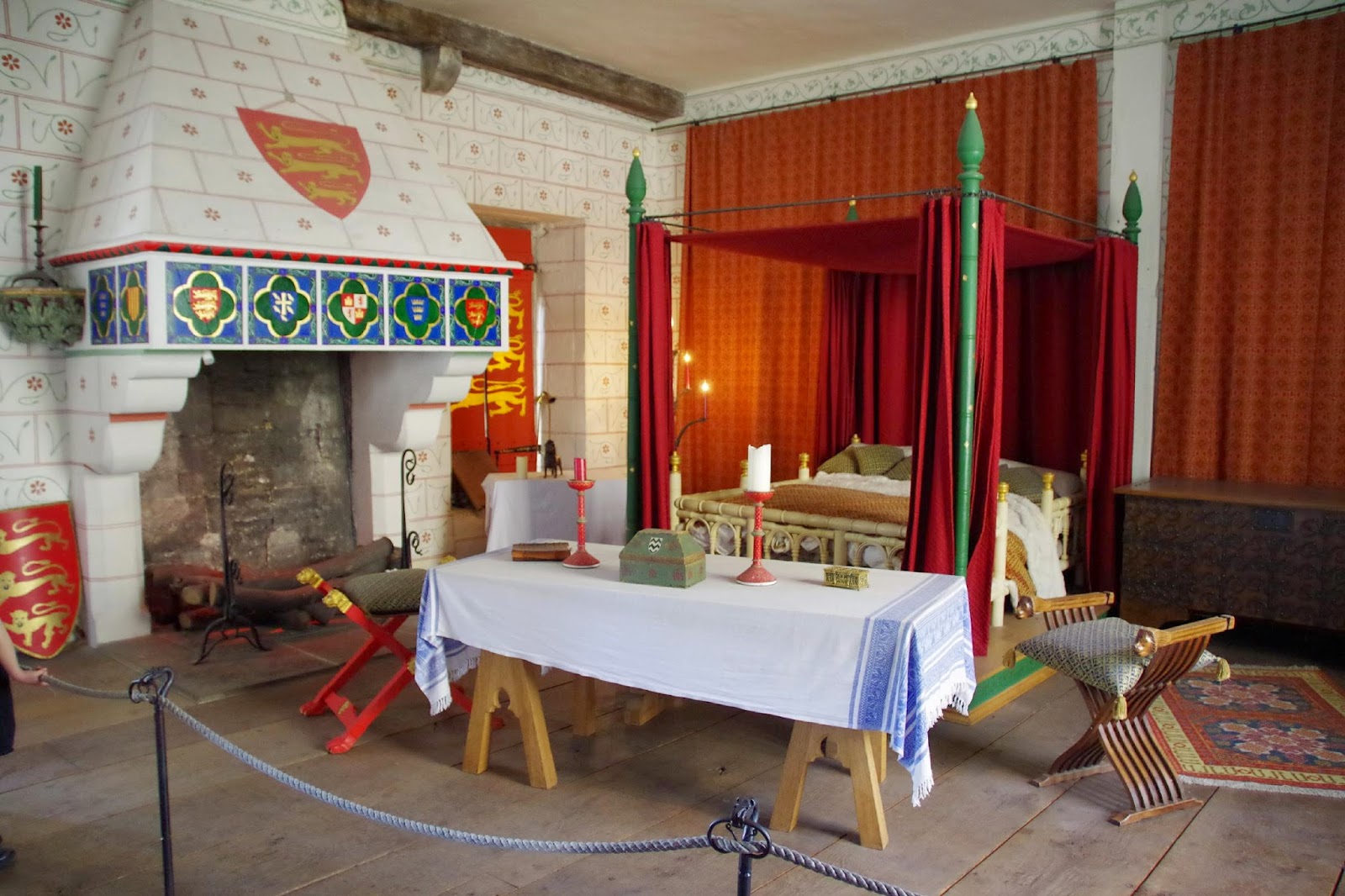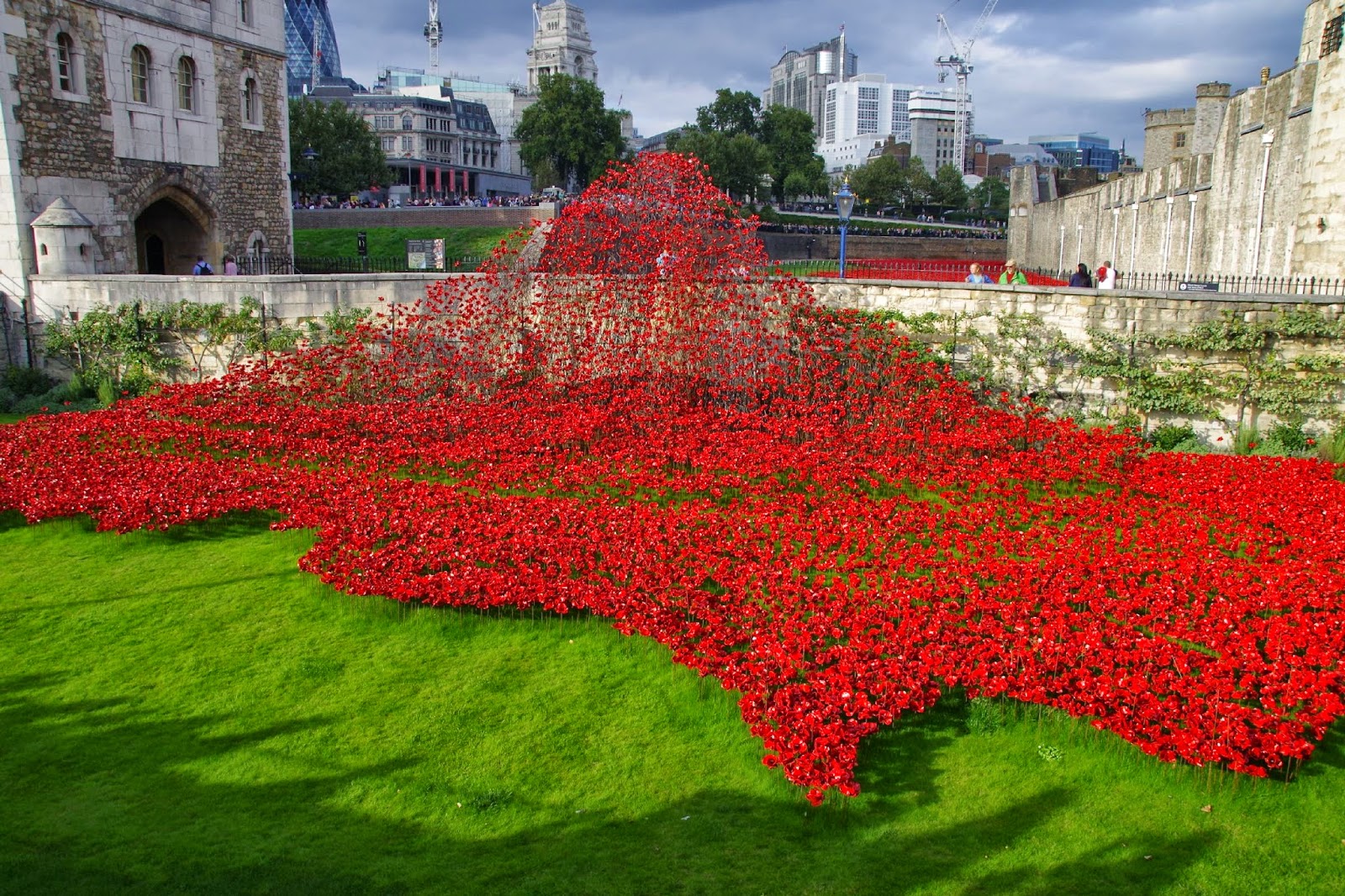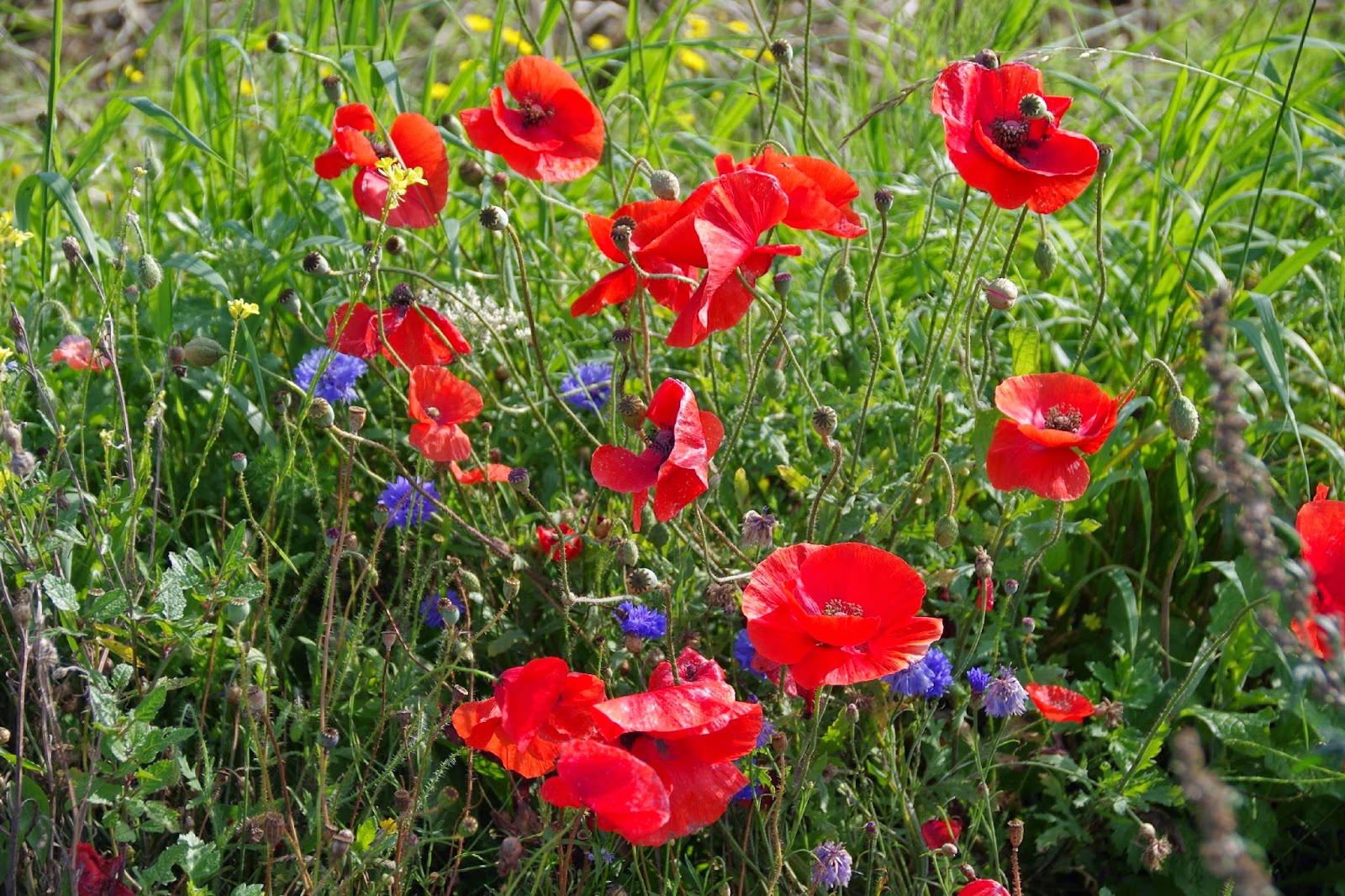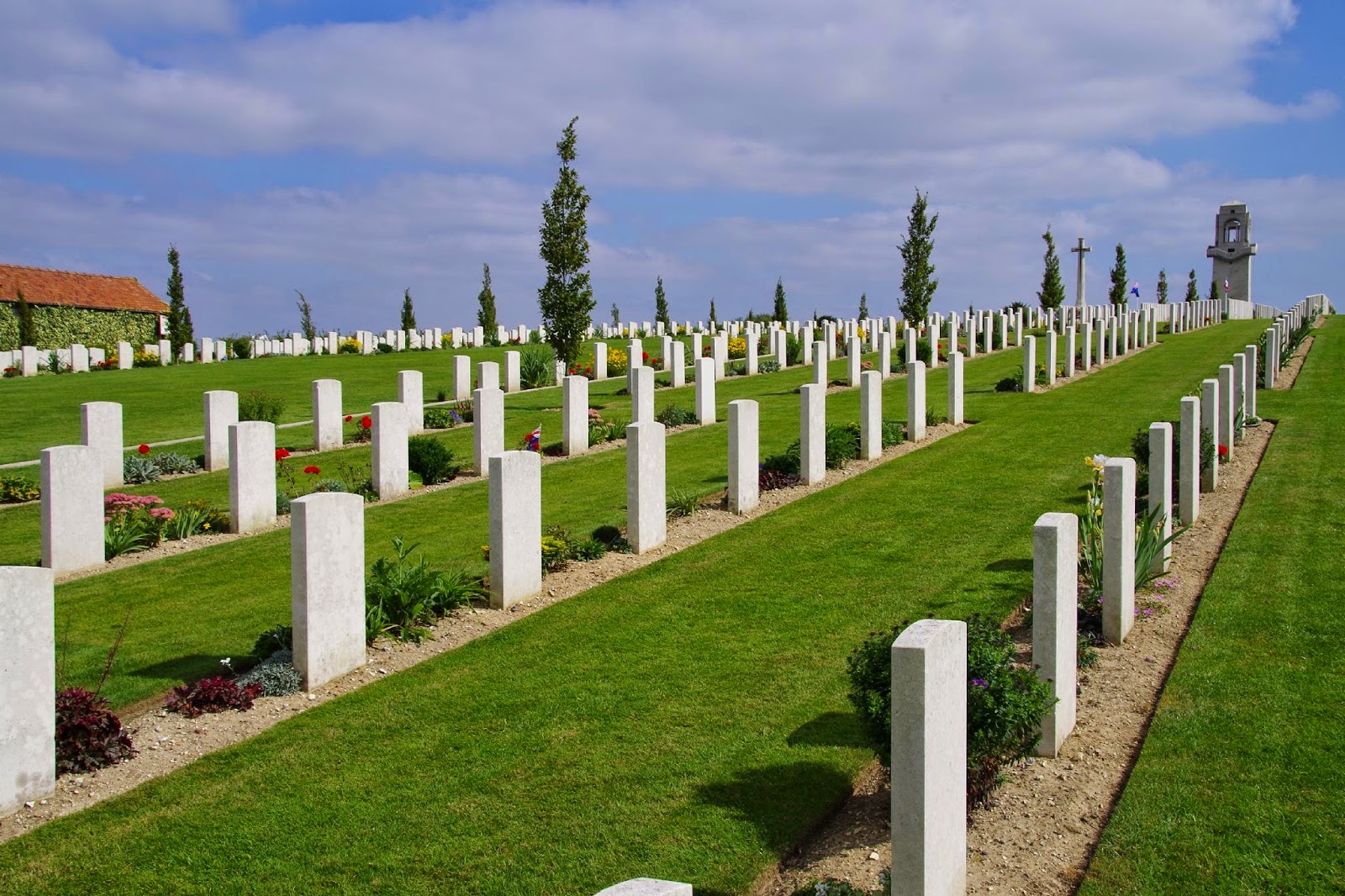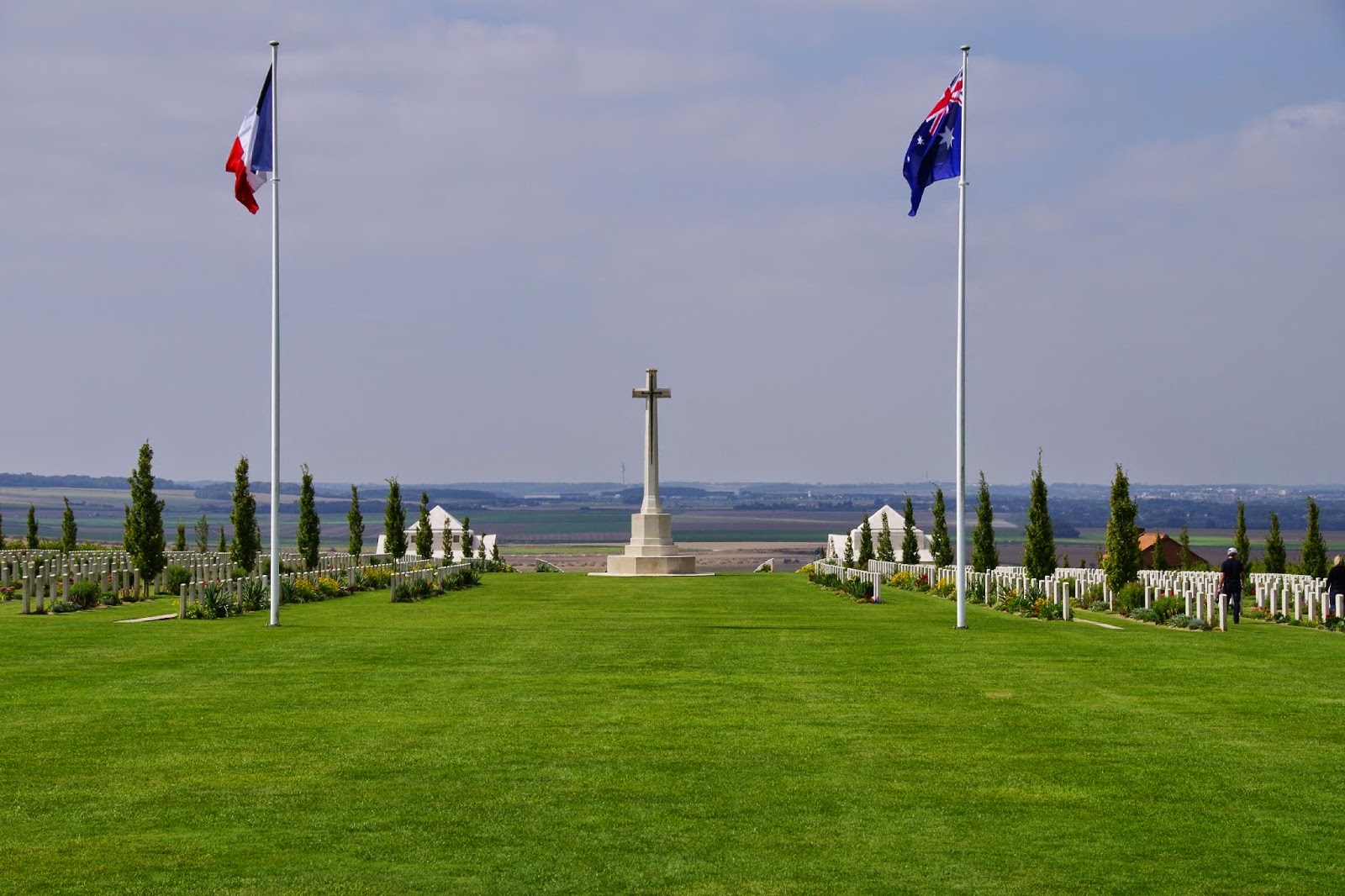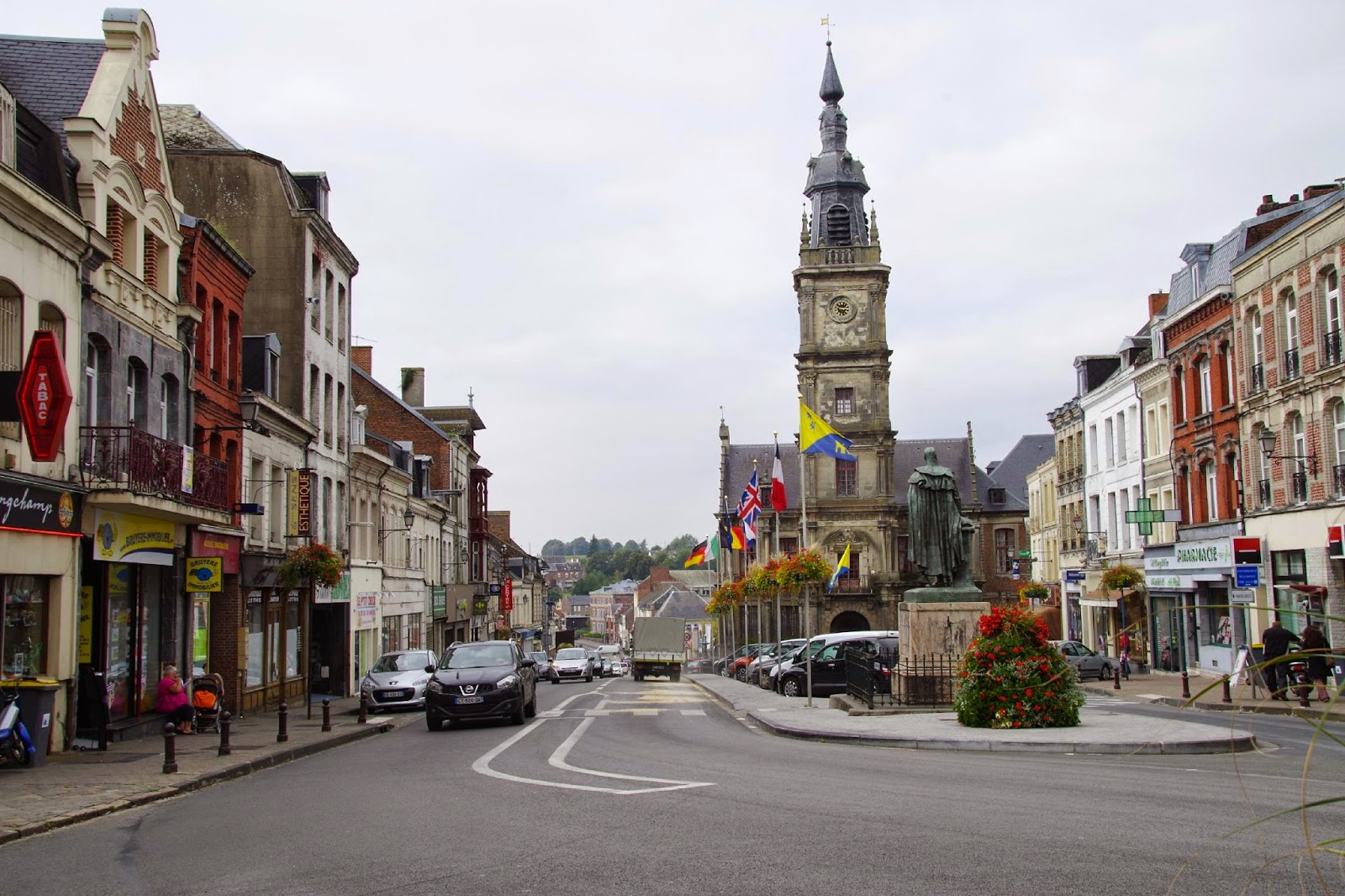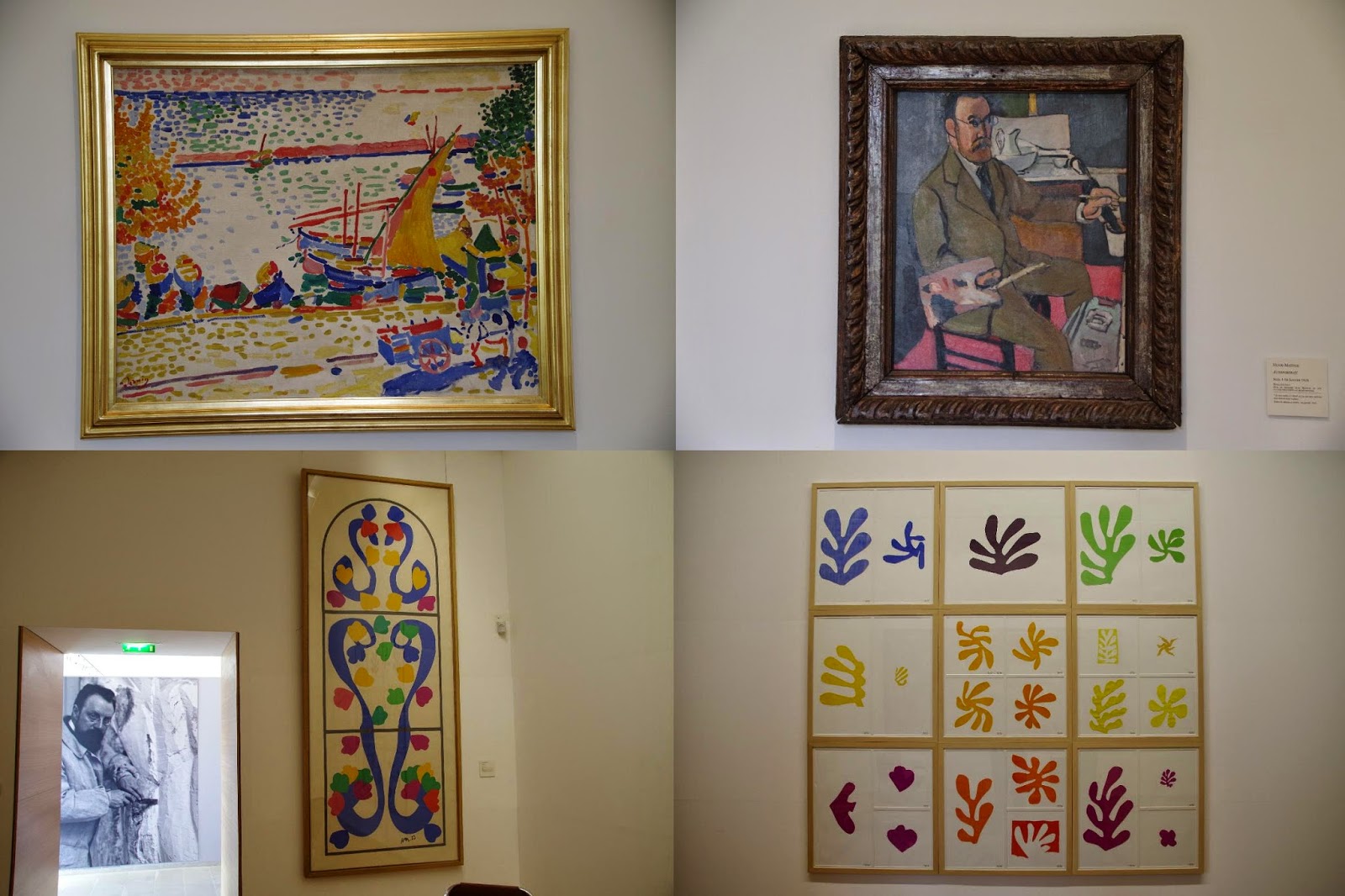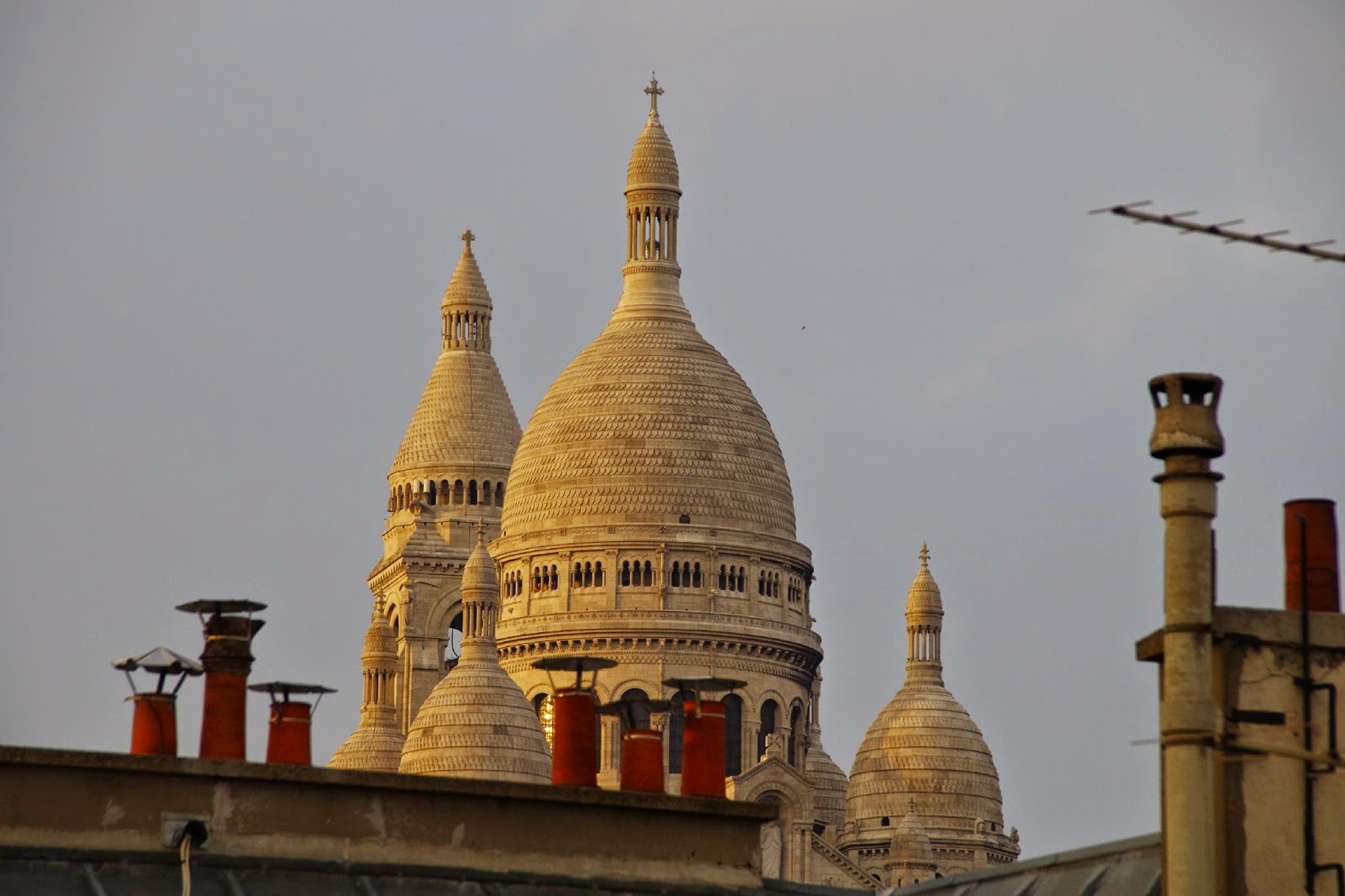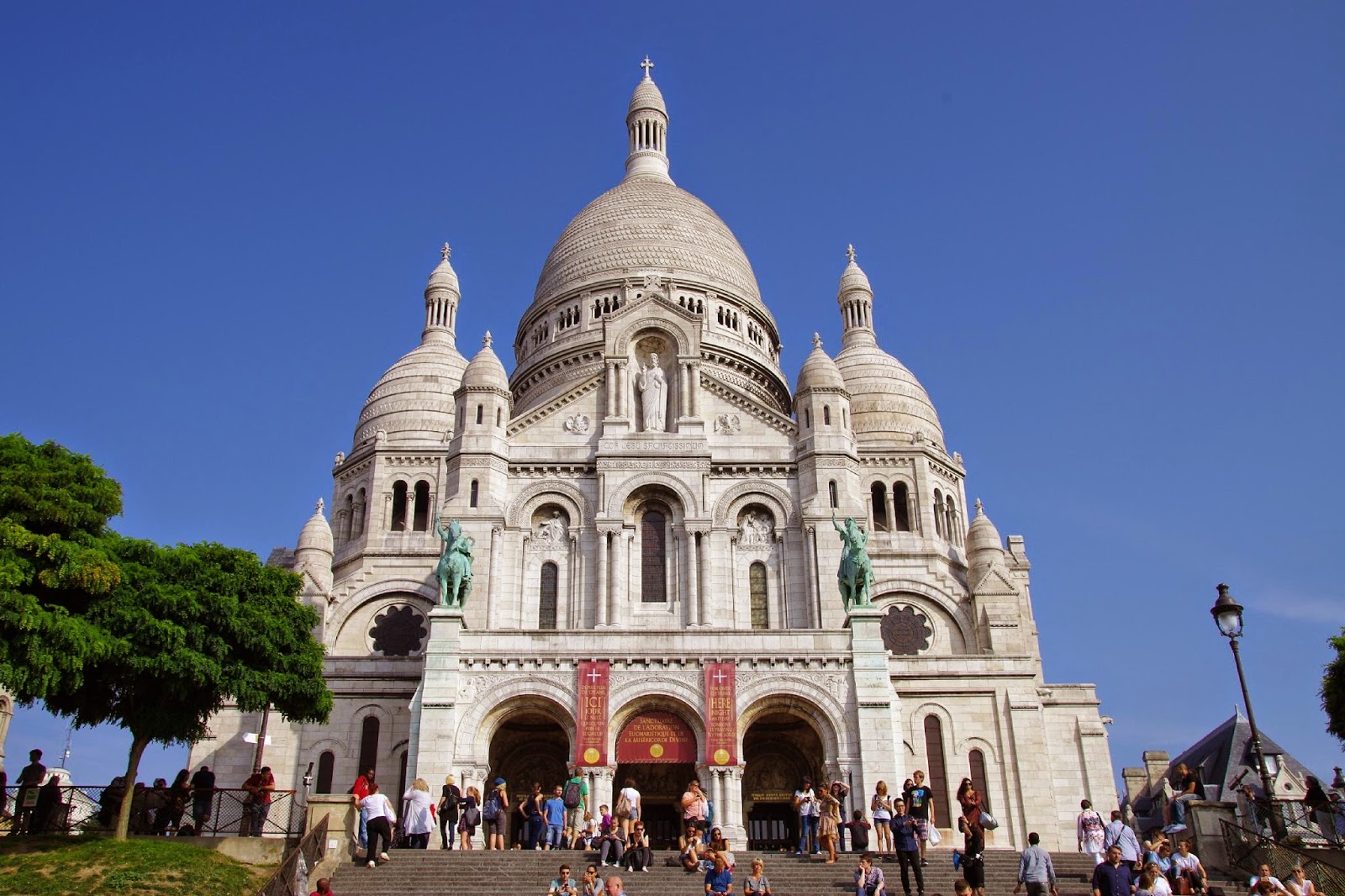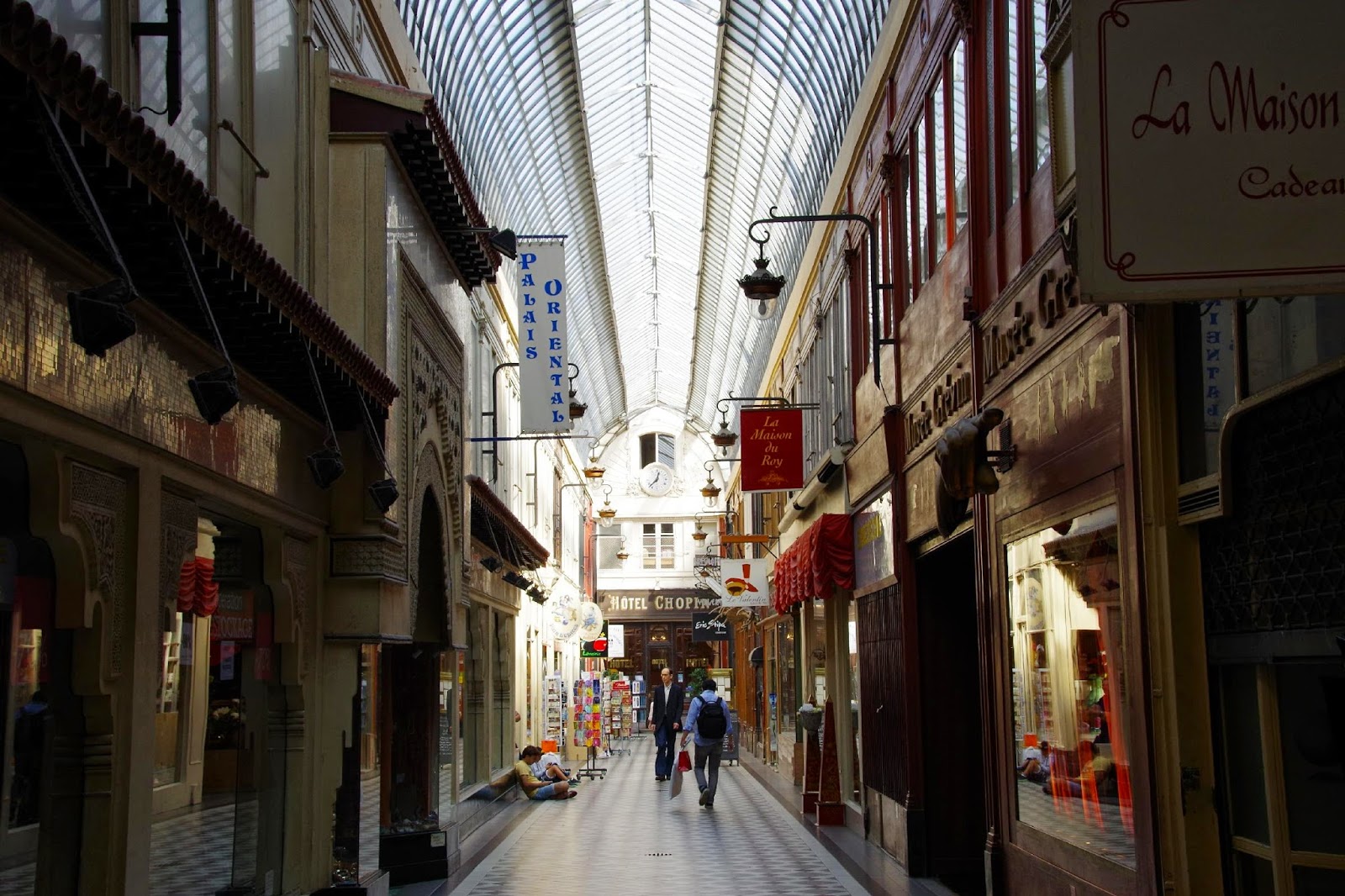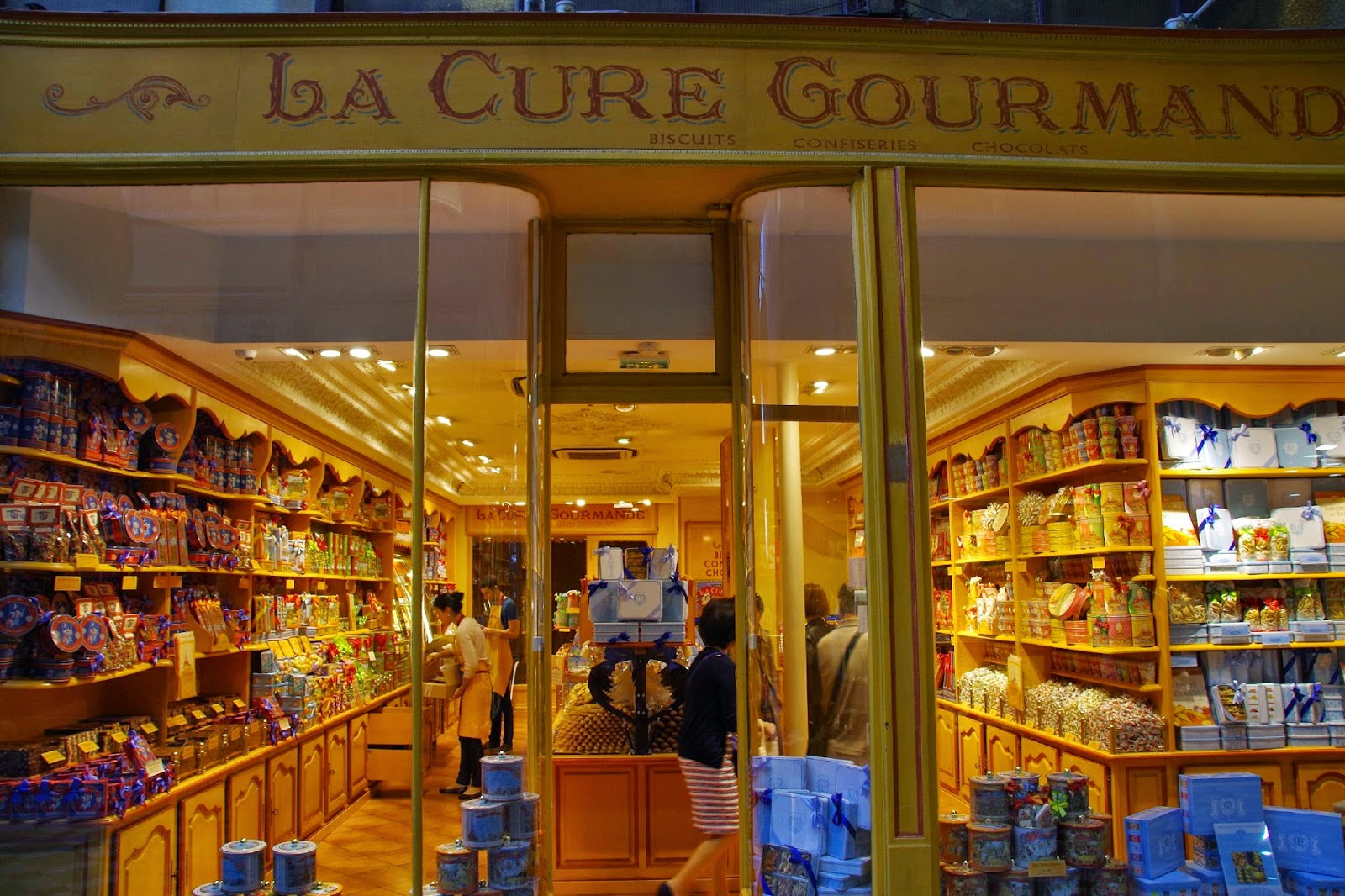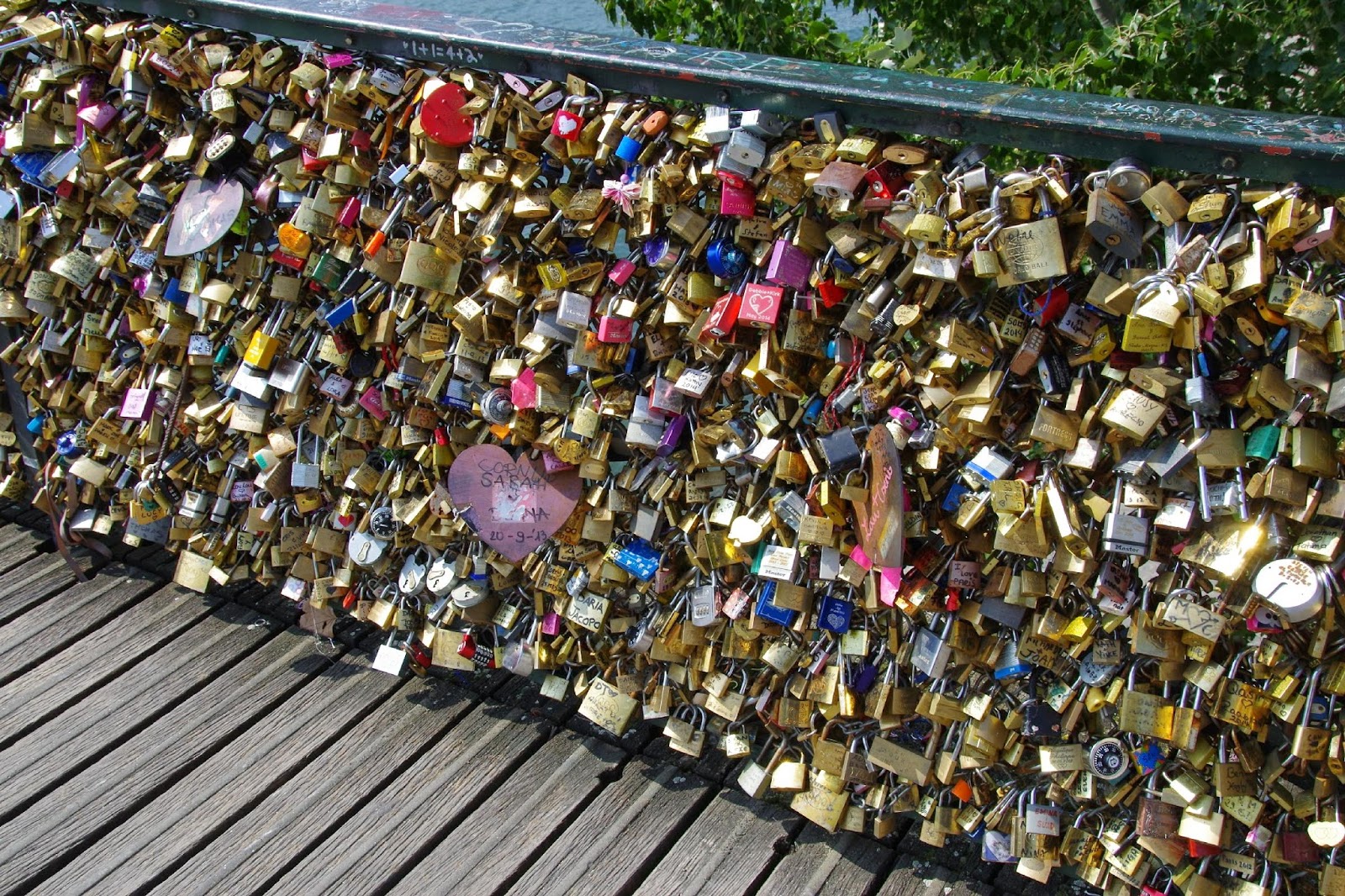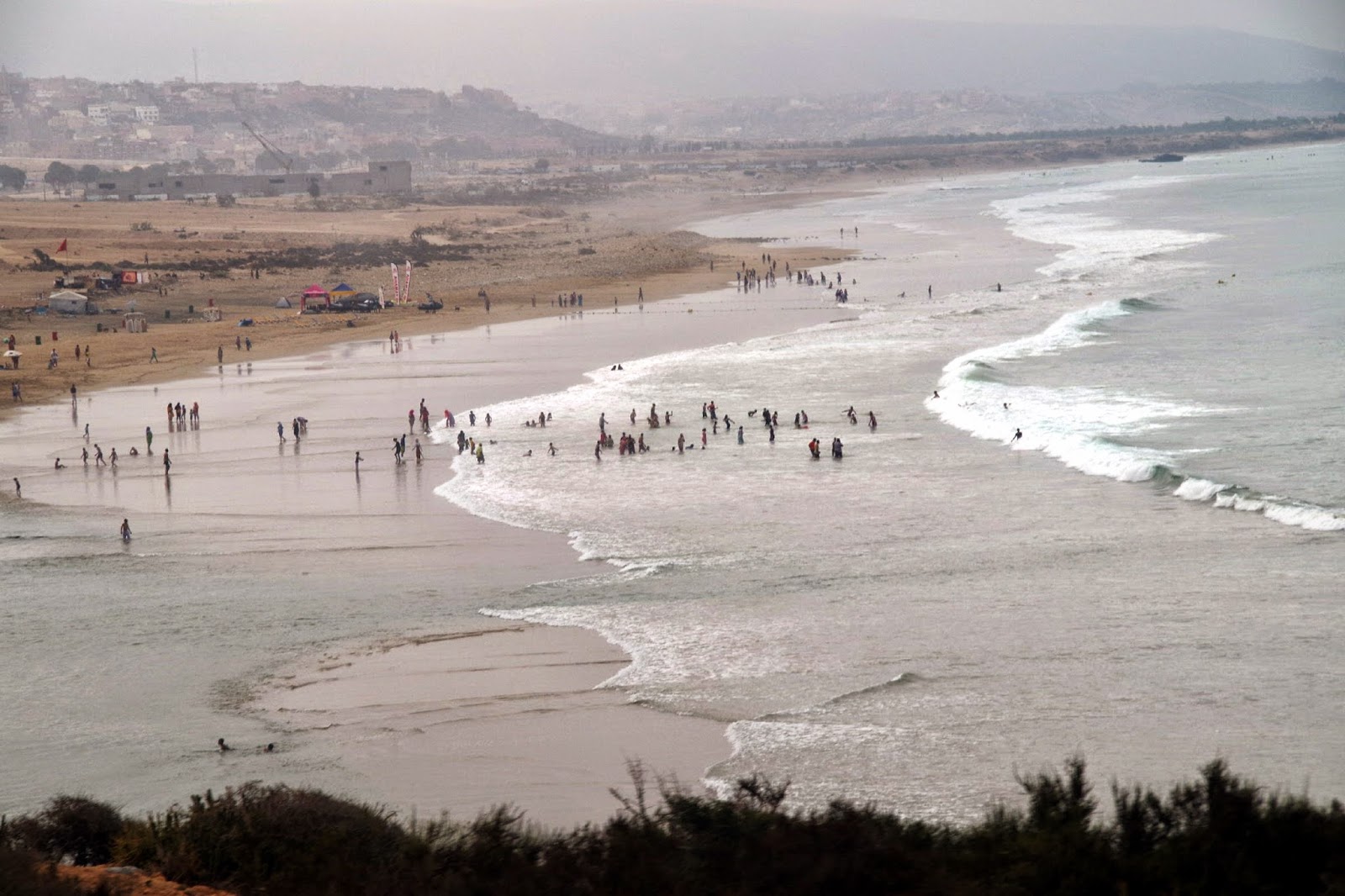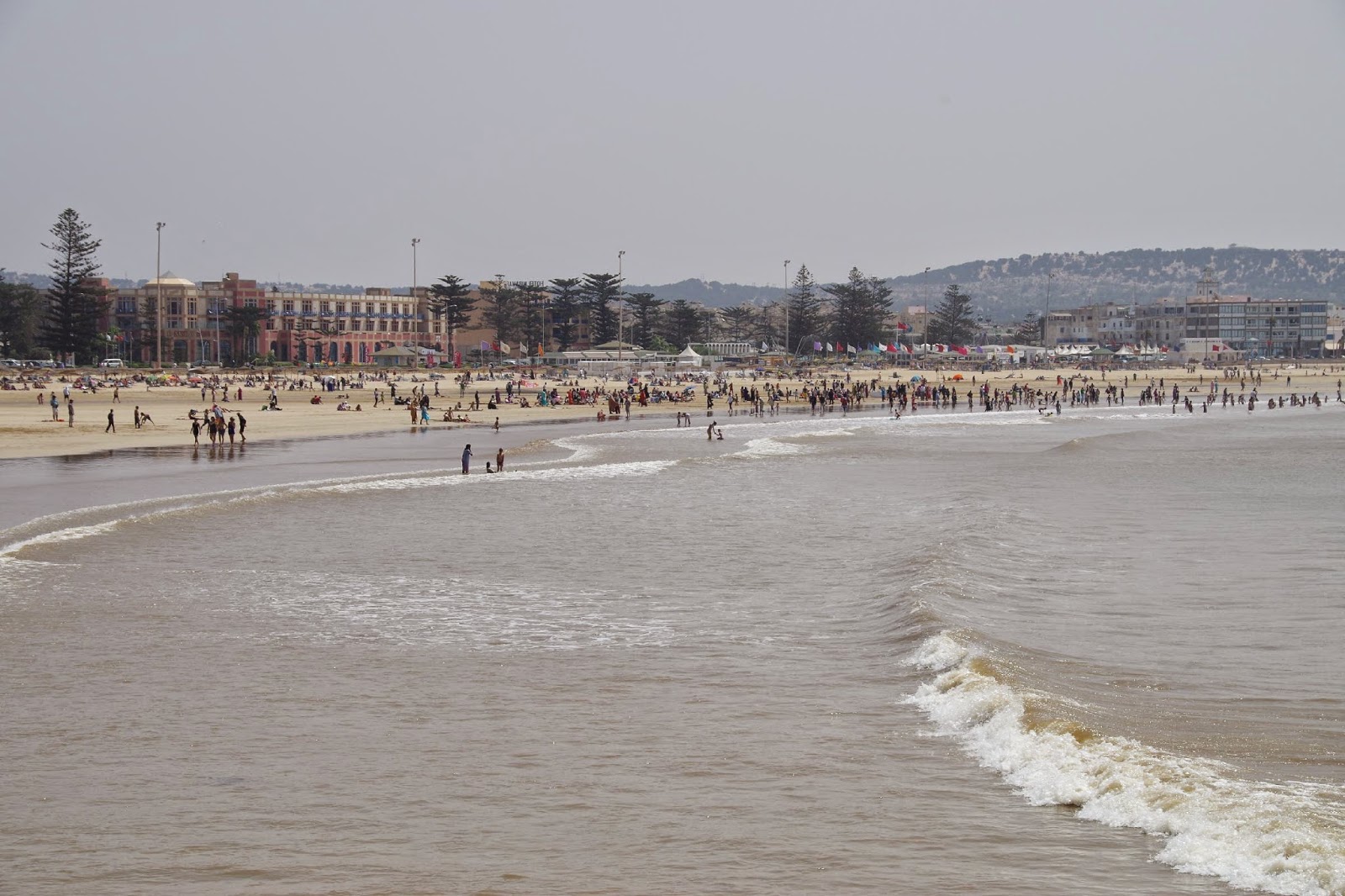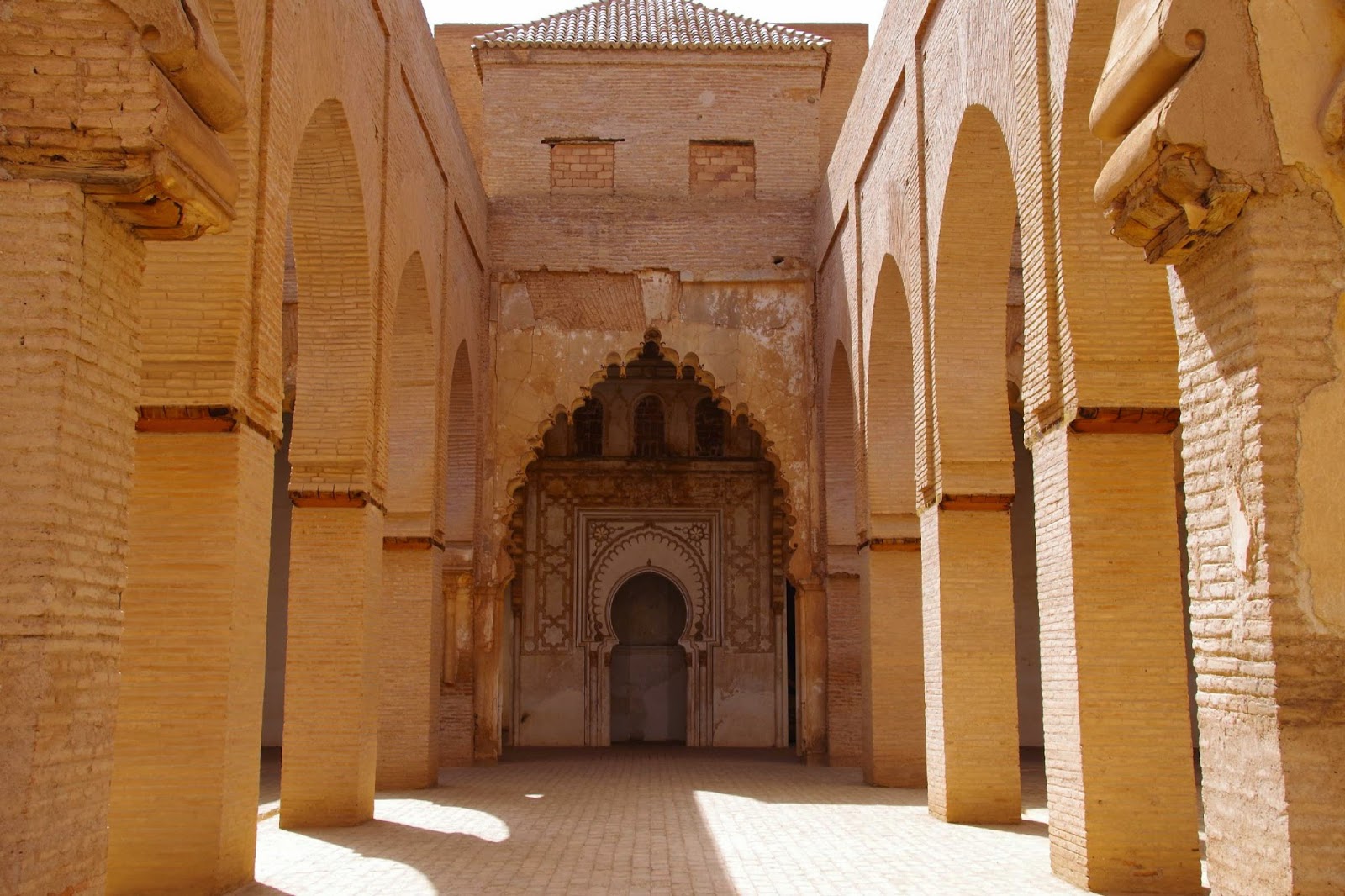In 2008, after extensive research and
detective work, a mass grave was located near Pheasant Wood, Fromelles. It contained the bodies of 250 Australian and British Soldiers killed in the abortive battle of Fromelles on the 19th & 20th of July 1916 and buried there by the German army. The bodies were recovered and extensive research using DNA, body heights, etc was carried out to identify the soldiers. Many were identified but there are still many unnamed soldiers now buried in the newly built war cemetery known as Pheasant Wood. This was perhaps the saddest part of visiting the cemetery, to think of the families who still don't know where their loved ones are buried.
The cemetery is small and peaceful, sitting on the edge of Fromelles overlooking green fields.
We also visited the Lille Museum of Modern Art (the LAM) which holds a fascinating collection of modern and contemporary art.
This is our last day in France. Tomorrow we catch the train to London to see our daughter Katherine and her family who are also on holidays, then next week we return home to the task of unpacking a house full of boxes. We're looking forward to getting home, though not so much to the unpacking.
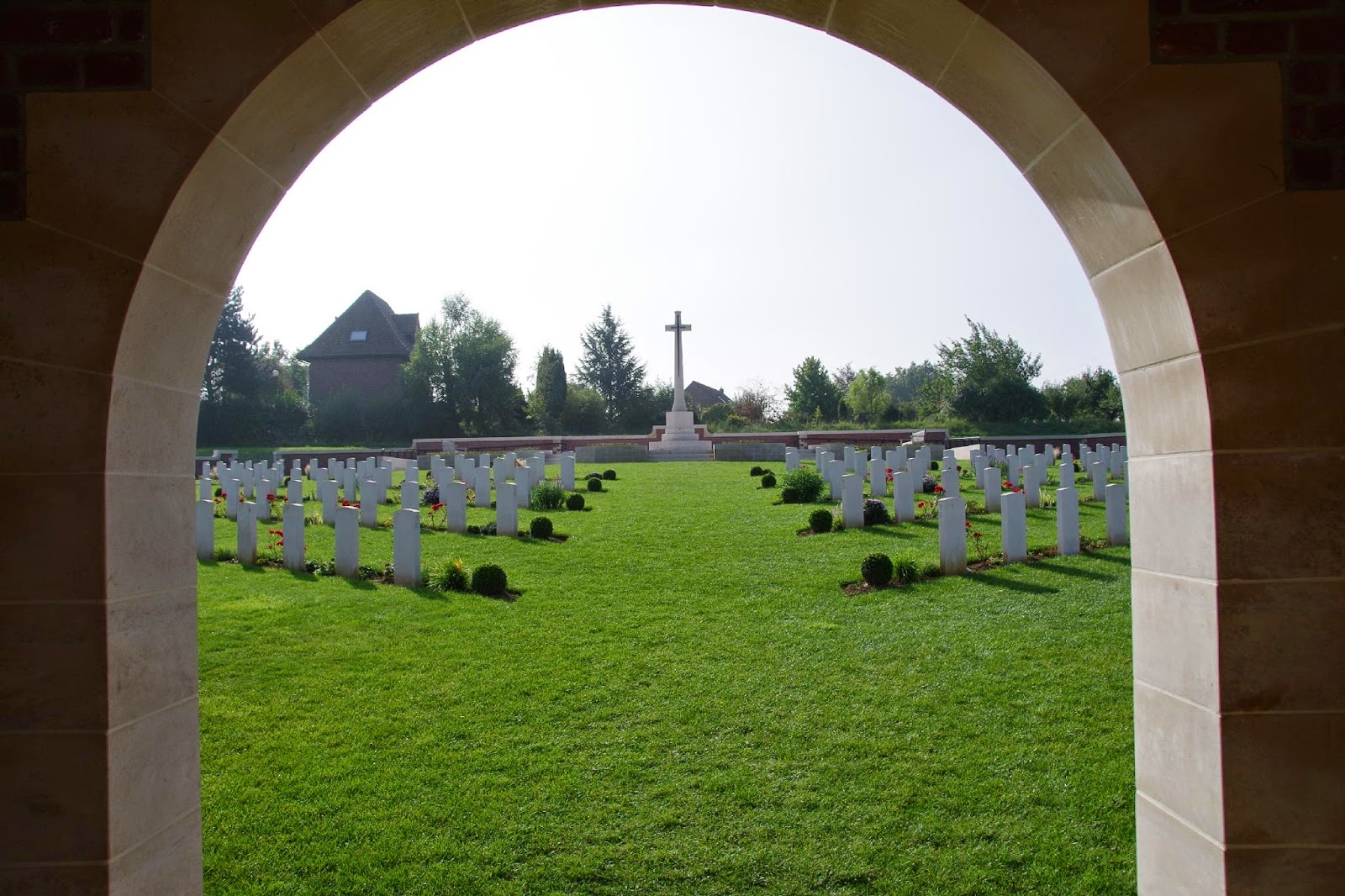 |
| Pheasant Wood War Cemetery Fromelles |
 |
| Pheasant Wood War Cemetery Fromelles |
 |
| Australian War Memorial, Fromelles |
 |
| Cobbers, Australian War Memorial, Fromelles |
 |
| Lille Museum of Modern Art (LAM) |

